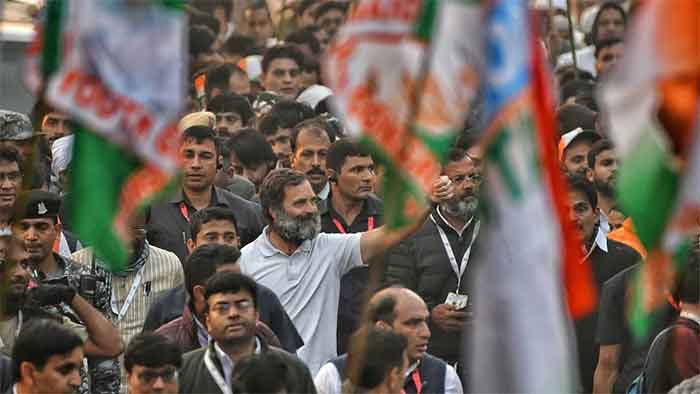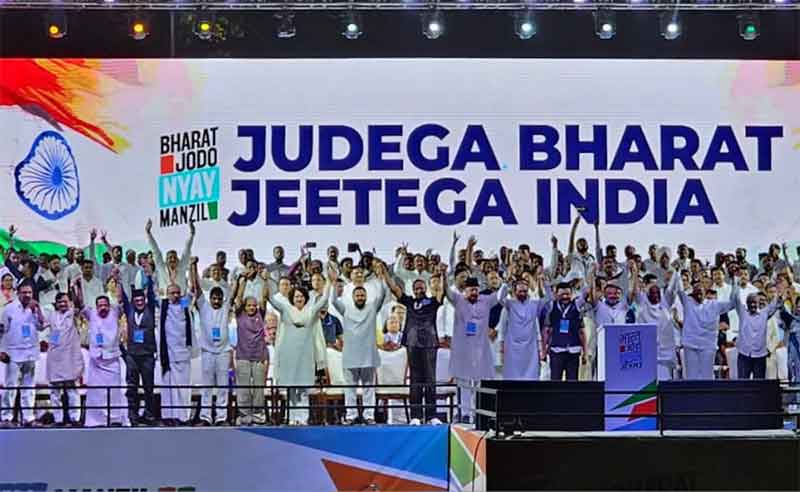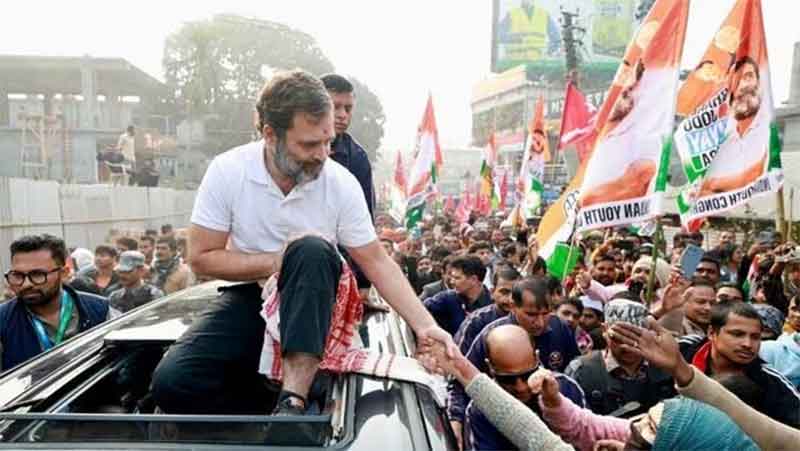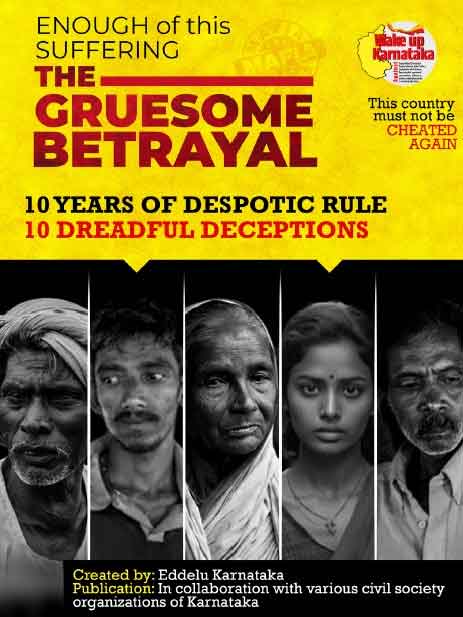
Rahul Gandhi’s “Bharat Jodo Yatra” (Unite India March) has certainly helped him gain more than expected attention at practically all levels, from media, political rivals as well as supporters, common people and also celebrities. He and his party have apparently not spared investment of efforts, energy, time, funds and so much more. While these have contributed to him capture headlines and also considerably shatter negative images promoted about him particularly during electoral campaigns- replacing the latter by a confident as well as strong Rahul- several key questions still remain unanswered. Of this, the most prominent is the degree to which these can be translated into votes. And if these are, prospects of these leading to electoral victory cannot be viewed as guaranteed. How can it be forgotten, success of Bharatiya Janata Party (BJP) in 2019 Lok Sabha polls was decided by it winning less than 40% votes?
Equally significant is the hard reality that image of one politician, irrespective of whatever be its appeal and/or hype raised about it, cannot help all his/her party’s candidates win all, or at least even significant number of seats. If this really happened, the so-called Modi-hype would not have failed during assembly elections in Delhi, West Bengal and Punjab. Or Arvind Kejriwal (Aam Aadmi Party)’s success would not have been limited to two states. It may also be noted, prior to heading the country as prime minister, Modi held office as Gujarat’s chief minister and Kejriwal has been Delhi’s chief minister since 2015. This does not suggest that Rahul’s political strength rests primarily on that of his party and the support he gains from it. He has been a member of Lok Sabha since 2009, winning three elections (2009, 2014 and 2019), in fact for a longer stretch of time than the present premier while Kejriwal’s personal electoral reach has so far been limited to Delhi Assembly.
Besides, notwithstanding the fact that politics has been a part of his family for several generations, initially his father was not inclined towards it and preferred being a pilot. Had Rajiv Gandhi’s younger brother- Sanjay Gandhi- not met a sudden death, he may not have turned towards it. His own mother preferred remaining out of it but was apparently compelled to take charge owing to intra-party bickering. In addition, political career also led to assassination of his grandmother, Indira Gandhi (1984) and his father (1991). In other words, with due respect to all the importance given to his family’s political background and its association with Congress party, politics has not been a sweet cup for Rahul since childhood.
Against these odds, negative campaign targeting his personality, potential, leadership as well his party and so forth has pricked, pinched and bashed his image and a lot more practically endlessly. His rivals apparently viewed this strategy, that of propagating negative “news” about him as essential to “restrict” chances of his as well as his party being favoured by people in general. This also implies that BJP leaders and others’ decision to indulge in such campaign has probably been decided by their viewing Rahul as a political threat. Or at least, they chose to target him prior to his posing a serious political threat. Either ways, they would not have probably chosen to tarnish his image if he and/or his party were not viewed as potential threats by them.
But as latest developments suggest, for a change, the same leaders who hardly ever hesitated in practically going overboard in propagating negative “news” against Rahul appear to have been caught off-guard and now have probably chosen to exercise a break on this drive. Several risks have apparently cautioned them on this front. One as suggested earlier, they seem quite alarmed by positive publicity gained by Rahul. In addition, he and his yatra appear to have won more social support and also appeal than they had probably envisaged when it began. Clearly, chances of their “negative campaign” against him having the impact that it earlier had appear to have fallen flat. This amounts to one of their pet electoral strategies- anti-Rahul card- having been considerably deflated before they could even consider floating it as a part of their 2024 electoral campaign.
But this doesn’t suggest that Rahul can afford to be over-optimistic about either his or his party’s political future. He has certainly succeeded in making BJP stalwarts being compelled now to backtrack on their even using negative campaign against Rahul. His yatra has changed the image that was propagated extensively earlier by his rivals, including his portrayal as a “pappu,” a weak person and so forth. Nobody is likely to accept this notion any longer. Even if his most desperate rivals try this strategy, prospects of this backfiring against them cannot be ignored. Yes, Rahul and his supporters have ample reason to feel satisfied at this success. But this is just one step in the direction towards actual political success. True, his yatra accompanied by its positive impact has earned him substantial attention as well as supporters at various level- including within the party and from outside. It also signals positive signs of his seriously being taken as a leader, strong in opinion of some. However, just these signs cannot be viewed as positive indicators for the party as a whole. One or a few leaders’ image as well as credentials cannot contribute to success of the entire Congress party.
Irrespective of whatever may have been hype raised about Modi-image, BJP may not have fared well in 2014 and 2019 polls without contribution of saffron brigade at grassroots. Congress leaders and members need to devote a lot of attention to their party’s strength/weakness at this and other levels. Besides, the political reality of India being home to numerous parties and exercise of various strategies during electoral phase cannot be ignored. It may be recalled BJP won 2019 polls by winning around 70% seats in Lok Sabha even though it secured less than 40% votes. Use of various moves to divide votes, buy candidates, field independent candidates and so forth has decided victory of numerous candidates despite their winning less than 40% votes. Use of strategies, including anti-Pak cards, communal moves, projecting favour for deprived sections and numerous others, practically at the last moment also bear tendency to strongly influence voters.
In a nutshell, Rahul’s success at this step – that of this yatra- doesn’t cover the tough political road still ahead for Congress!
Nilofar Suhrawardy is a senior journalist and writer with specialization in communication studies and nuclear diplomacy. She has come out with several books. These include:– Modi’s Victory, A Lesson for the Congress…? (2019); Arab Spring, Not Just a Mirage! (2019), Image and Substance, Modi’s First Year in Office (2015) and Ayodhya Without the Communal Stamp, In the Name of Indian Secularism (2006).













































